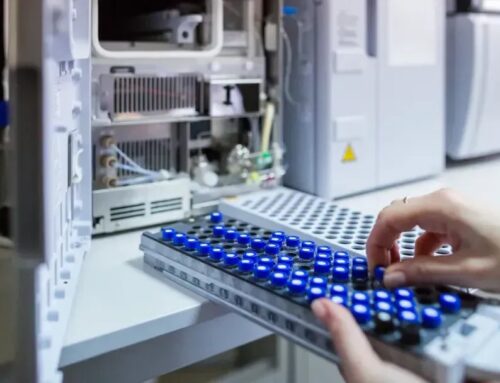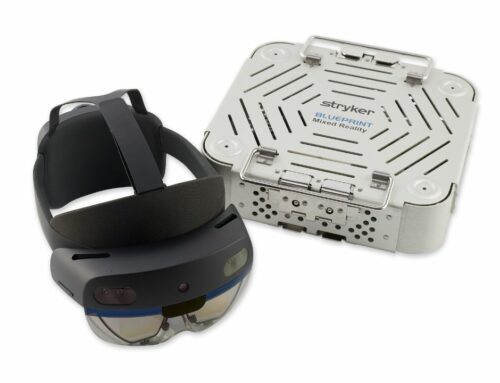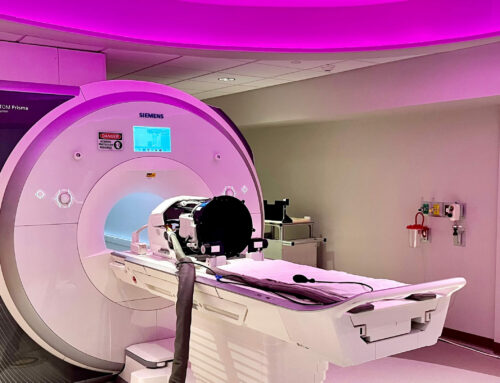By Dave Rosa, President and CEO, NeuroOne Medical Technologies Corporation
Thin film electrode technology is on track to reach the market soon. Evo Cortical Electrodes (Evo), is designed to record brain activity and stimulate brain tissue for up to 30 days, and this advanced technology is generating significant interest from neurologists and neurosurgeons managing patients with epilepsy and brain tumors.
This true platform technology has the potential to change the landscape of neurosurgical applications and could potentially ablate targeted problematic brain tissue and even stimulate parts of the nervous system for therapeutic purposes.
Evo is the result of a collaboration with the University of Madison-Wisconsin’s Alumni Research Foundation and the Mayo Foundation for Medical Education and Research. This high-definition, minimally invasive thin-film electrode is designed for the diagnosis and treatment of various neurological conditions, including epilepsy, Parkinson’s disease (PD) and chronic pain due to failed back surgeries.
The Road to Thin Film Electrodes
Electrode technology was initially developed in the 1960s, but advances in the technology have not kept pace with those in other therapeutic areas: currently approved electrode technologies have limited resolution, require invasive surgeries for implantation and are expensive to manufacture, in part because they are assembled manually.
The current outdated technology is generally handmade, making it costly, time-consuming to manufacture and heavy. Further, the silicone base of existing electrode technology does not optimally conform to the brain as well as thin film polyimide material does. Existing electrode technology is also limited in its ability to increase the recording resolution of the electrodes under its current design. In contrast, new polyimide thin film technologies may provide higher resolution recording for more advanced clinical applications.
Developers of this innovative technology anticipate that the replacement of current silicone electrodes with polyimide substrate electrodes for the acquisition of intracranial EEG (iEEG) could provide enhanced clinical electrophysiological value with reduced cost, infection risk, and patient discomfort. Due to its potential to be placed in a minimally invasive manner, along with its single tail design, thin film electrode technology may mean fewer post-procedure complications and may reduce the risk of infection.
A Closer Look at Evo
Thin film strip, grid and depth electrodes made with lithographic polymer film technology are an effective way to increase mechanical flexibility and reduce mass. This is better for the brain because they weigh less than traditional electrodes and conform more completely to the brain for more direct contact. Also, this technology’s hi-definition recording may enable the doctor to be more precise in identifying the problematic tissue. Contacts on the electrodes may be scaled down in size, improving the ability to increase resolution, as well as customize electrode configurations to meet physician requests. Given its automated manufacturing system, this technology also shows promise for reducing lead times to customers.
An important capability of this technology is higher resolution, which makes it able to scale, or downsize the size of the contacts yet increase the number of contacts on the film. To use an analogy, the difference in old and new electrode technology is comparable to today’s television resolution versus that of a TV built in the 1960s.
In pre-clinical studies conducted by the Mayo Clinic, Evo has demonstrated a reduction in the brain’s immunological response, which should increase patient comfort and reduce signal artifacts associated with the brain electrode interface. This technology is expected to generate significant interest from neurologists and neurosurgeons managing patients with epilepsy and brain tumors.
Other Promising Applications
NeuroOne’s sEEG Depth Electrode is an expansion of its thin film platform and has advantages that will include the ability to access deep cortical structures (where Evo cortical electrodes are placed on the brain’s surface) and the electrodes will be implanted through tiny twist holes instead of a craniotomy. The less invasive implant procedure should lead to fewer complications, less post-operative pain, and shorter length of stay in the hospital.
NeuroOne believes its high-definition thin film platform could fit well into the evolving neuroscience research and allow for more effective and precise stimulation of neurons. To expedite its entry into research studies, and to drive future development, NeuroOne has assembled an advisory board that includes seven leading artificial intelligence experts to assist in the planning, development, and application of the technology.












